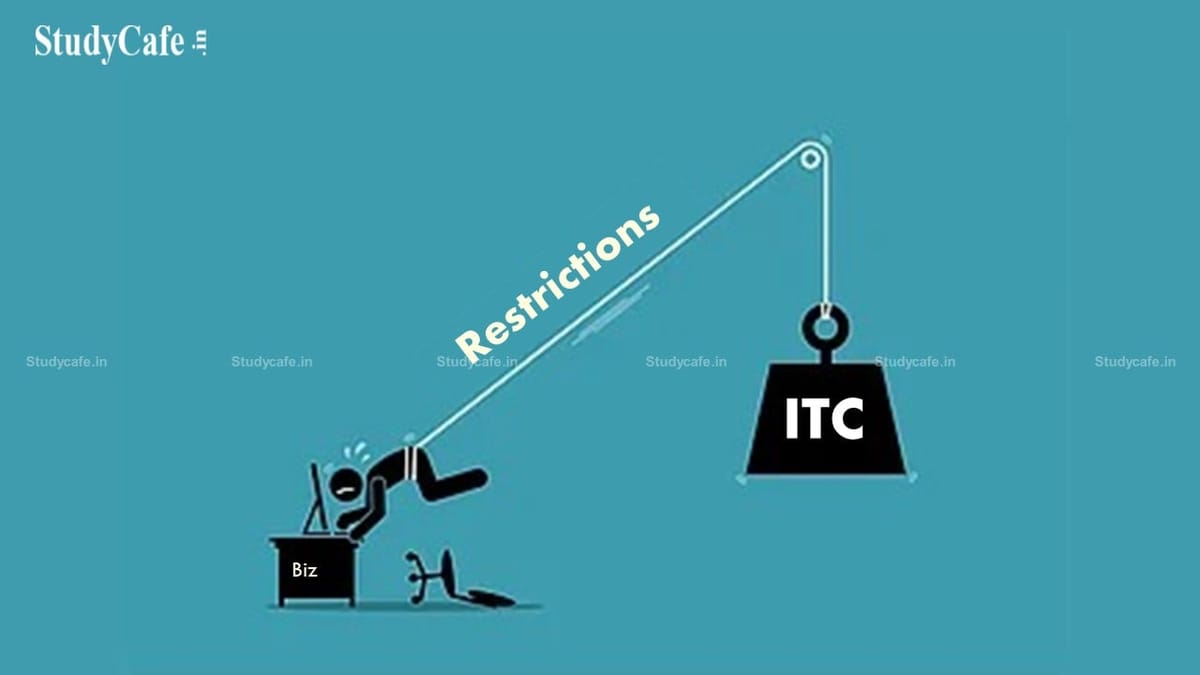Sushmita Goswami | Feb 18, 2022 |

GST: Imposition of New Input Tax Credit Restrictions Every Year is Reducing Ease of Doing Business
In July 2017, India’s Goods and Services Tax (GST) was implemented with great enthusiasm. The legislation’s Input Tax Credit (ITC) mechanism was supposed to be stable, with credits being fully fungible and resulting in favorable cash flows. However, even four years after its inception, ITC’s voyage has been rough, with additional regulations added each year, increasing the compliance burden significantly.
The receipt of ITC was originally envisioned as a two-way communication in which the supplier would upload the supply invoice data on the common site and the recipient would accept or reject the same in real-time. The two-way communication system, however, could not be established because the system functionalities were not in place. In addition, the legislative provisions to formalize two-way communication, namely Sections 41, 42, 43, and 43A of the CGST Act, are planned to be deleted in Finance Bill 2022, effectively killing the ambitious ‘credit-matching’ concept.
Rule 36(4) of the Central Goods and Services Tax Rules, 2017 (CGST Rules) has been amended [effective October 2019].
Section 16(2)(aa) of the CGST Act, as amended by Rule 36(4) of the CGST Rules [effective January 22, 22]
Proposed amendment to Section 16(2)(ba) of the CGST Act, as well as Section 38 [included in Finance Bill 2022]
Proposed amendments to Section 49 of the CGST Act, as well as Rule 86B of the CGST Rules [Amendment to Section 49 – included in Finance Bill 2022; Rule 86B effective January’21]
The installation of restrictions on ITC availability and use appears to have been imposed with the goal of reducing false invoicing and increasing revenue. However, frequent legislative changes and the implementation of new restrictions will have a negative impact on taxpayers, particularly MSME and small businesses that lack the resources and automated tax compliance tools. In ITC, the ‘ease of doing business’ is diluted by stringent, complex, and arbitrary conditions.
The government is likely to take a pragmatic approach to enacting the budget measures, removing onerous compliances and needless limits on ITC and aiming for a balance between facilitation and enforcement, resulting in better compliance and removing confusion for honest taxpayers.
In case of any Doubt regarding Membership you can mail us at contact@studycafe.in
Join Studycafe's WhatsApp Group or Telegram Channel for Latest Updates on Government Job, Sarkari Naukri, Private Jobs, Income Tax, GST, Companies Act, Judgements and CA, CS, ICWA, and MUCH MORE!"